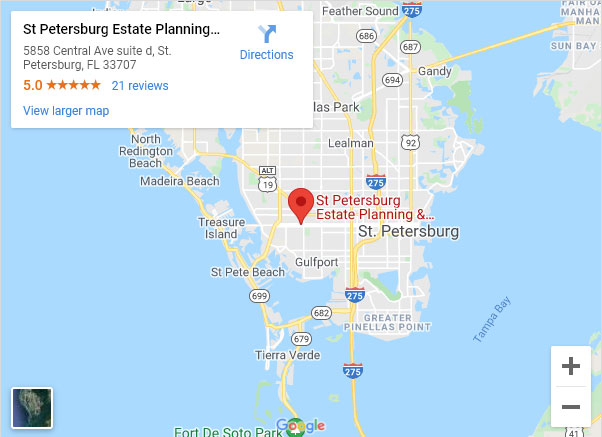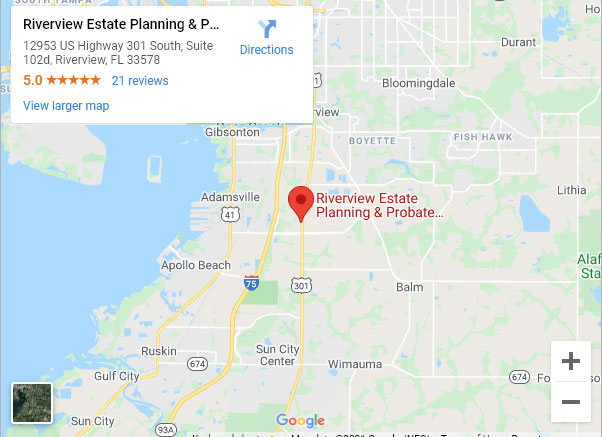I recently met with a client who had a valid will in place. She was convinced that despite not utilizing the benefits of a revocable trust, her estate would not require probate at her death because of the way she titled her various assets, including the use of “payable on death” (POD), “transfer on death” (TOD), and beneficiary designations.
The one asset she overlooked, however, was her homestead real property, which was only in her name and would need to be probated at her death, even though her homestead would be passing to protected heirs (her children).
This is a recurring misconception that I see on a regular basis. Most clients I meet with have never heard of an Enhanced Life Estate Deed, which is also frequently referred to as a Lady Bird Deed, and are not aware of the benefits of using one.
When I describe a Lady Bird Deed to a client, I frequently refer to it as a “POD Deed” or “TOD Deed”, because it works very similarly to an account titled as payable on death or transfer on death. Even though the deed is signed and recorded at the present time, the property interest that is conveyed is not a present interest; rather, it is a future interest. The Grantor reserves an enhanced life estate in herself, and at her death, if she still owns the property, it passes to the individual(s) named as the remainder beneficiaries in the deed, bypassing probate.
Because the life estate is “enhanced”, the Grantor may sell, assign, transfer, mortgage, or otherwise convey any or all of her interest in the property while the Grantor is alive. If, however, the property is still owned by the Grantor at her death, it is transferred to the remainder beneficiaries named in the deed without a need for probate.
The use of a Lady Bird Deed or Enhanced Life Estate Deed is a great estate planning technique that may be beneficial for anyone who owns real property.
We are always happy to educate clients on the use of such a deed as part of their entire estate planning portfolio.


















